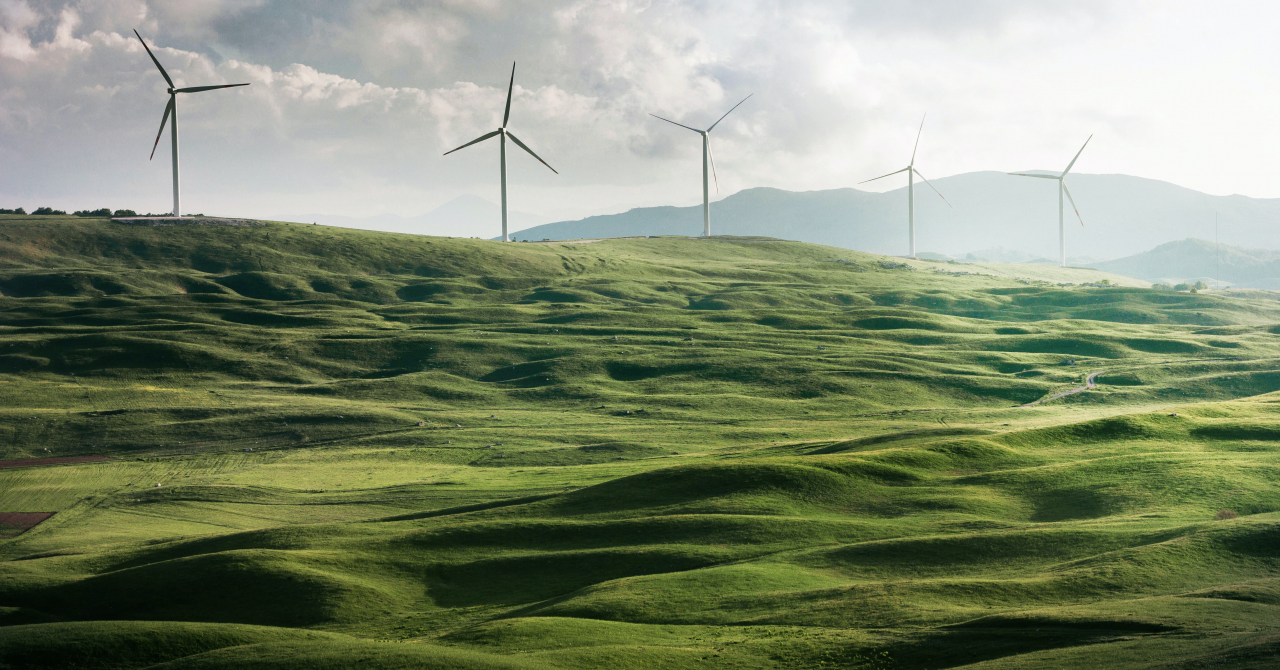According to Euronews, in order to rely less on fossil fuel resources and especially to become more independent from Russia's supplies, many European countries made recent announcements in their aim to harvest as much renewable energy as possible.
Italy, for example, announced an offshore wind farm that is supposed to serve about 60.000 people, while Germany looks at organic waste as the solution.
In addition to this, the European Commission said it will do "whatever it takes" in order to increase solar energy production on the continent.
This is especially important, since solar and wind energy sources have accounted for over 10% of the total energy production around the world in 2021.
Iceland, UK and Norway, some of the green champions of Europe
So far, of all European countries, Iceland fairs the best in terms of renewable energy sources, thanks to its geothermal resources.
According to data from the 2019 International Energy Agency dataset provided by U Value, a UK-based insulation firm, over 89% of the country's energy supply comes from renewable sources.
Next is Norway, with 49% of the energy demand coming from renewable sources, mainly hydro energy, which generates over 125.000 GW/h.
Albania and Latvia produce 42% of their energy supply resorting to renewable sources, like hydro energy, biofuels, wind and solar.
Sweden, Finland and Denmark are next on the list, with all countries putting and emphasis on biofuels and waste.
The next countries in Europe regarding the production of energy from renewable sources are Montenegro, Austria and Croatia.
While it is refreshing to see these countries resorting to a high amount of renewable energy sources for their supply, it would be even better if the first ten energy suppliers on the continent would be able to produce more green energy.
This includes France, Germany and UK, countries which use the most amount of electric energy in Europe.
A representative from U Value said that "it’s clear green energy has not become the dominant form of energy production in Europe. There is still an overreliance on fossil fuels, most of which comes from abroad. This is one of the reasons why we are seeing an increase in energy prices."
If alternative energy sources, like wind and solar, will continue to grow in adoption, we will not only see less reliance on fossil resources, but we will be able to meet our 1.5 degree Celsius rate of global warming as well.
 Mihai - Cristian Ioniță
Mihai - Cristian Ioniță












Any thoughts?